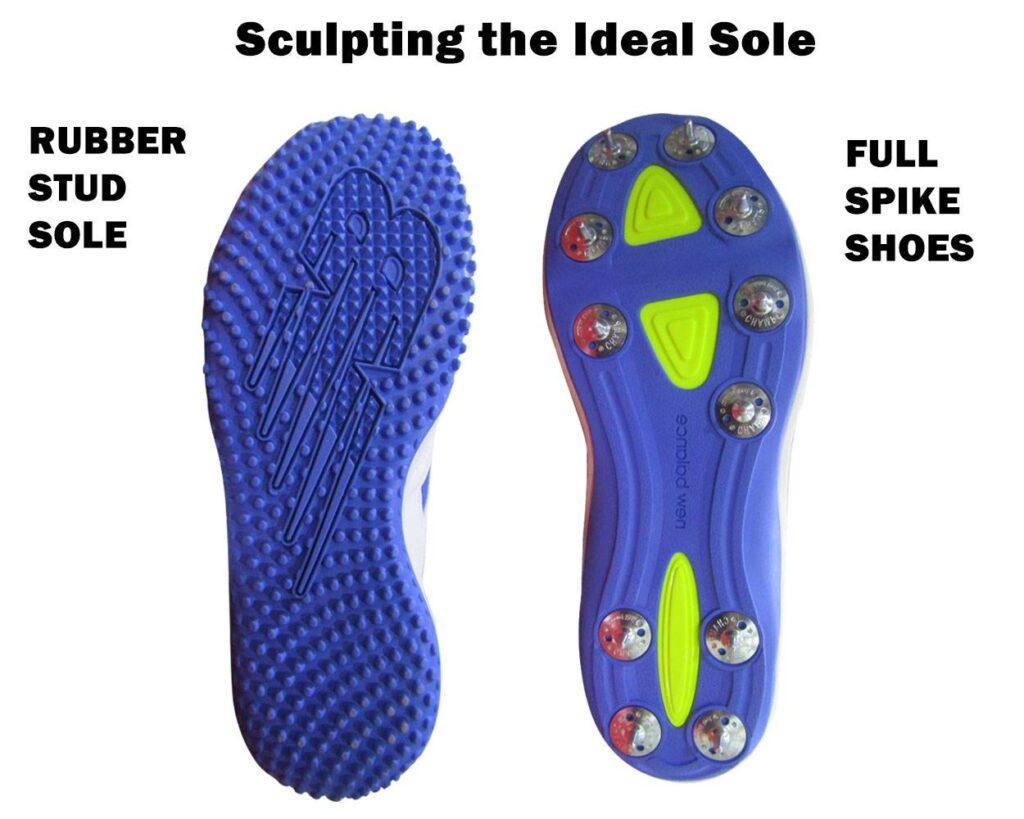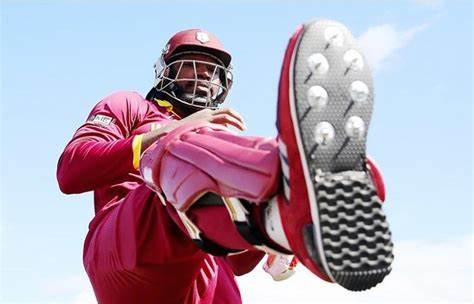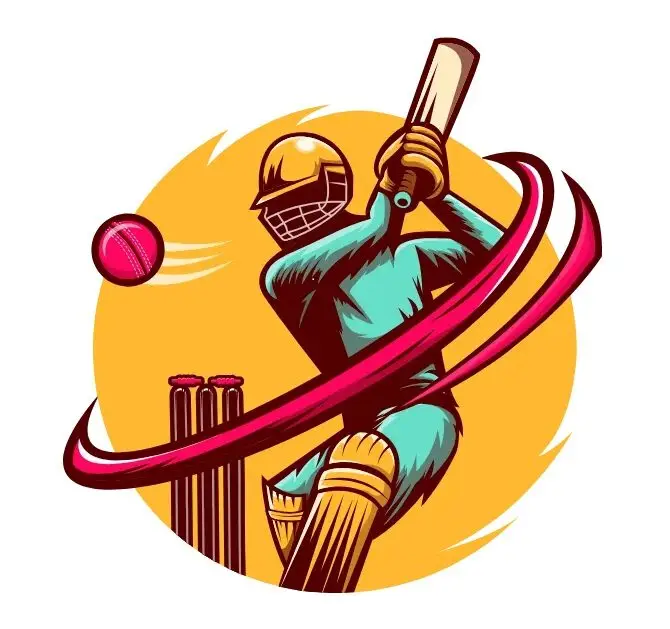The distinction between a confident approach to the crease and a misstep that could lead to losing the match often hinges on one essential piece of gear: Your Cricket shoes. With more than 60% of cricket-related injuries affecting the lower limbs, choosing the appropriate footwear is not solely about enhancing performance; it is also about ensuring safety on the field. Contemporary cricket shoes have progressed from simple canvas designs to advanced, technology-enhanced gear that can significantly influence your performance. This detailed guide will provide you with all the necessary information regarding cricket footwear, enabling you to make a well-informed choice that aligns with your playing style and position.

Comprehending Various Categories of Cricket shoes
Cricket shoes are available in three primary types, each tailored to suit different playing surfaces and individual player needs. Knowing the unique features of each type is essential to selecting the best cricket shoes for your performance.
Full Spike Cricket Shoes: Best Choice for Maximum Grip & Stability
Full spike cricket shoes are designed with metal spikes covering the entire sole, delivering unmatched traction on natural grass pitches. These cricket shoes are a top choice for players who demand superior grip—especially fast bowlers who need a firm, stable base during their delivery stride.
The aggressive spike layout ensures excellent grip during sudden movements, quick pivots, and when batting against fast bowlers. This makes full spike cricket footwear ideal for high-intensity match situations where grip and control are essential.
However, it’s important to note that full spike shoes can become uncomfortable over prolonged use. They may lead to foot fatigue in longer matches and are not suitable for all surfaces. Some indoor grounds or artificial pitches restrict their use due to the potential for surface damage.
Half Spike Cricket Shoes: Balanced Grip and Comfort for All-Round Performance
Half spike cricket shoes offer the ideal balance between traction and comfort, making them a versatile choice for a wide range of players. These cricket shoes feature spikes in the forefoot and heel areas, while the midfoot is fitted with a rubber section for smoother movement and reduced pressure on the feet.
This hybrid design provides solid grip where it’s needed most—during sprints, deliveries, and quick turns—while enhancing overall comfort and flexibility. As a result, half spike cricket shoes are especially popular among recreational and semi-professional players.
Perfect for multi-role athletes who bat, bowl, and field, half spike shoes perform well on various pitch types, making them a practical, all-around option for most playing conditions.

Rubber Sole Cricket Shoes: Best for Indoor Games and Hard Surfaces
Rubber sole cricket shoes are purpose-built for indoor matches, synthetic pitches, and hard courts, making them an excellent choice for junior players and casual cricketers. These shoes use high-traction rubber outsoles that offer solid grip on artificial surfaces—without the need for metal spikes.
Lightweight and comfortable, rubber sole cricket footwear is ideal for training sessions and recreational play. Their cushioned design reduces fatigue and enhances agility, especially during fast-paced indoor games.
However, they’re not suitable for competitive cricket on natural grass, where spiked shoes are needed for proper grip and stability. When choosing cricket shoes, consider the surface you play on, your role in the team, and how often you train or compete.
Metal vs. Rubber Spikes in Cricket Shoes: Which One Should You Choose?
When it comes to cricket shoes, choosing between metal spikes and rubber spikes depends largely on the playing surface and your performance needs.
- Metal spikes deliver unmatched traction on soft, natural grass pitches, making them ideal for fast bowlers and competitive matches. However, they’re often banned on indoor surfaces and artificial turf due to the risk of damage and safety concerns.
- Rubber spikes, on the other hand, offer greater versatility and comfort, making them a popular choice for casual players and those who play on a mix of surfaces. While they work well on synthetic and hard pitches, they may fall short in wet or slippery conditions, where maximum grip is essential.
Understanding the pros and cons of each option can help you choose the best cricket shoes for your game, whether you’re training indoors or competing outdoors.
How to Choose Cricket Footwear Based on Your Playing Position
Choosing the right cricket shoes isn’t just about surface type—it also depends heavily on your playing role. Whether you’re a bowler, batsman, or all-rounder, the right footwear can enhance your performance and reduce injury risk.
1. Fast Bowlers
Fast bowlers need maximum grip and stability, especially during the delivery stride.
- Best option: Full spike cricket shoes
- Why: They offer superior traction on natural turf, helping prevent slipping and ensuring a strong landing.
- Tip: Look for reinforced toe protection and cushioning for impact absorption.
2. Spin Bowlers
Spinners don’t require as much traction as fast bowlers, but still benefit from good support.
- Best option: Half spike or rubber sole shoes
- Why: They offer balance, flexibility, and comfort for quick pivots and long spells in the field.
3. Batsmen
Batsmen need shoes that support rapid foot movement, quick sprints, and balance when facing pace or spin.
- Best option: Half spike cricket shoes
- Why: The front spikes help with grip during running between wickets and quick footwork, while the rubber midsection enhances comfort.
4. Wicketkeepers
Wicketkeepers are constantly crouching and moving laterally, so agility and flexibility are key.
- Best option: Rubber sole or flexible half spike shoes
- Why: These offer comfort, stability, and quick side-to-side movement without the stiffness of full spikes.
5. All-Rounders
All-rounders need versatile shoes that can handle multiple roles.
- Best option: Half spike cricket shoes
- Why: They strike the right balance between grip, comfort, and support for batting, bowling, and fielding.
Cricket Footwear Fit & Sizing Guide: How to Get the Perfect Fit
When it comes to choosing cricket shoes, getting the proper fit is more important than any high-tech feature. Even the best cricket footwear can cause blisters, discomfort, or injury if it doesn’t fit correctly—affecting your performance and endurance on the field.
Key Cricket Shoe Fitting Tips:
- Leave a thumb’s width between your longest toe and the front of the shoe
- Heel should feel snug without slipping during movement
- Width must be comfortable, with no pinching or tight spots
- Arch support should match your foot type to avoid strain
- Toe area should allow movement, especially during quick sprints and pivots
Pro Tip: Try on cricket shoes later in the day, when your feet are slightly swollen from activity—this mimics how they’ll feel during a match. Always wear your match-day socks while testing the fit to ensure real-game comfort.
A well-fitted pair of cricket shoes enhances performance, prevents injuries, and helps you stay focused on your game—not your feet.
Maintaining Your Cricket Shoes for Long-Lasting Performance
Proper care and maintenance of your cricket shoes not only extend their lifespan but also ensure you get consistent grip, comfort, and support every time you step onto the field. A few simple habits can protect your investment and keep your footwear match-ready.
Essential Cricket Shoe Maintenance Tips:
- Clean after every match to remove mud, grass, and dust before they damage the materials
- Air dry naturally—avoid placing shoes near heaters or in direct sunlight, which can warp or weaken them
- Rotate between pairs (if possible) to allow full drying and reduce wear on a single pair
- Inspect and replace spikes regularly to maintain traction and prevent injury
- Store in a cool, ventilated area to avoid moisture buildup, odors, and material breakdown
💡 Pro Tip: Keep a dedicated shoe care kit in your cricket bag—including a soft brush, cloth, and spike wrench. A few minutes of post-match care can help double the life of your cricket shoes.
Conclusion: Invest in the Right Cricket Shoes for Peak Performance

Choosing the right cricket shoes is more than just picking a brand—it’s a decision that directly affects your performance, comfort, and injury prevention on the field. By understanding the different types of cricket footwear, from full spike to rubber sole options, and considering factors like playing position, surface conditions, and proper fit, you can make a confident and informed choice.
Whether you’re a weekend player or an aspiring pro, the best cricket shoes are those that align with your game style and physical needs. A well-fitted, high-quality pair of shoes enhances your agility, stability, and endurance—while reducing your risk of injury.
Take time to evaluate your current footwear using the insights from this guide. If your shoes no longer meet the demands of your game, it’s time to upgrade. Investing in the right cricket footwear is an investment in your performance.



